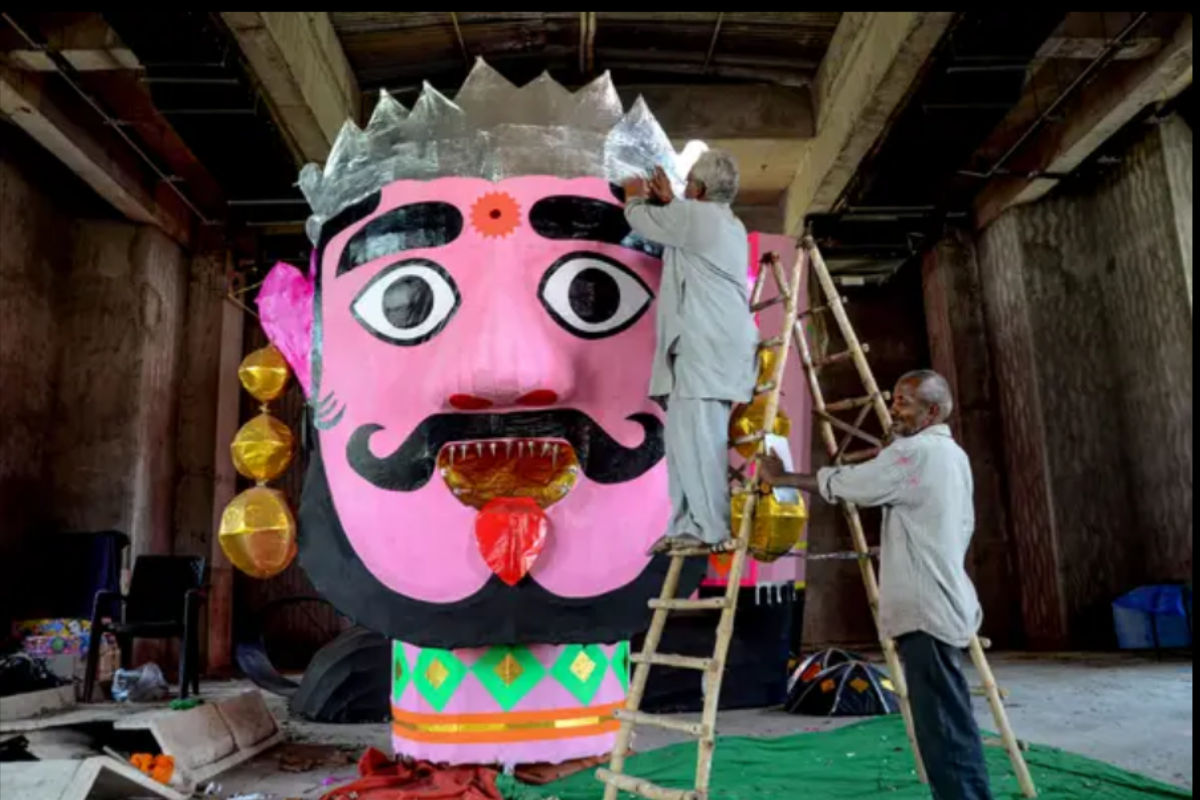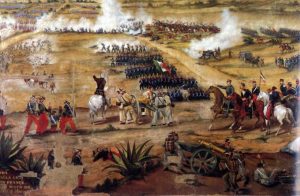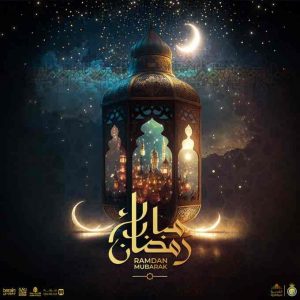October 5 marks the end of Navaratri,
the annual nine-day festival celebrated to honour Rama, the seventh avatar of
Vishnu, and Maa Durga, the goddess of strength, destruction, and motherhood.
Following the nine-day festivities, the festival of Dusshera or Vijayadashami
is celebrated all across India as well as Nepal to mark the victory of good
over evil.
The festival is celebrated with fervour
and grandeur across India, specifically in the northern and eastern states. The
celebrations also differ from state to state as some commemorate the victory of
Lord Ram over Ravana, the rakshasa king of Lanka; while many celebrate the
victory of Maa Durga over the shape-shifting demon Mahishasura.
Also Read | In Pics | India celebrates Dussehra with gusto, stays COVID-careful
The significance of Dussehra
Every year, Dussehra is marked on the
tenth day of the Hindu calendar month of Ashvin to celebrate the end of Durga
Puja or the end of Ramlila, depending on the culture one belongs to.
The Hindu legend of Ramayana narrates
the life of Ayodhya prince Rama and his fourteen-year-long exile to the forest, the kidnapping of Rama’s wife Sita, the subsequent war, and the ultimate victory of
Rama over Ravana. It is believed that on the day that is presently celebrated
as Dussehra, Rama defeated Ravana, the ten-headed demon, and rescued Sita. The killing
of one who has ten heads is called Dussehra and thus the name of the festival.
Vijayadashami is also celebrated on
the same day in Eastern India marking the victory of Maa Durga over Mahishasura
and ending the ten-day long Durga Puja festival. Dussehra also marks the
beginning of the preparations for Diwali, which takes place twenty days later.
Also Read | How India is celebrating Dussehra 2021 amid COVID protocols
Celebrations
To celebrate the festival, various
parts of India observe towering idols of Ravana, signifying evil, being burnt
with fireworks marking his destruction. Plays on Ramlila are performed across
states, fairs are set up, and bonfires are lit to celebrate the day. Clay idols of Durga Maa that were worshipped during the past days are
immersed in Ganga, signifying her return to Mount Kailasha after her victory in certain other states. In Western India, this day is specifically celebrated by farmers
and agricultural labourers as a harvest festival.
Dussehra marks one of the major Hindu
festivals of the Indian subcontinent and also the start of Diwali, another
important festival in Hinduism.







